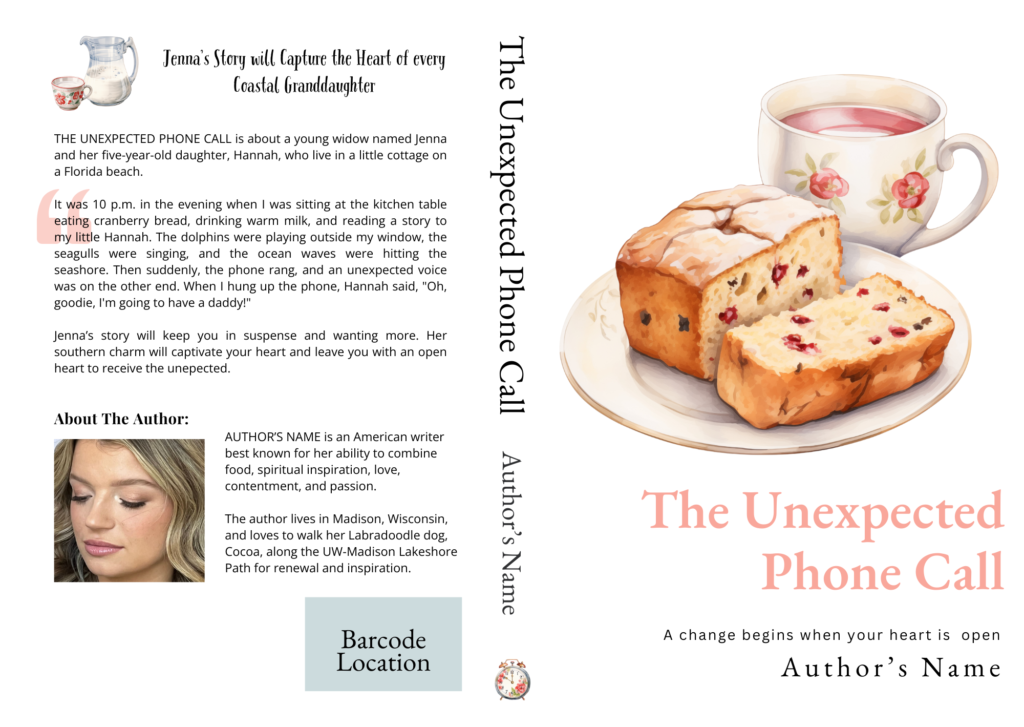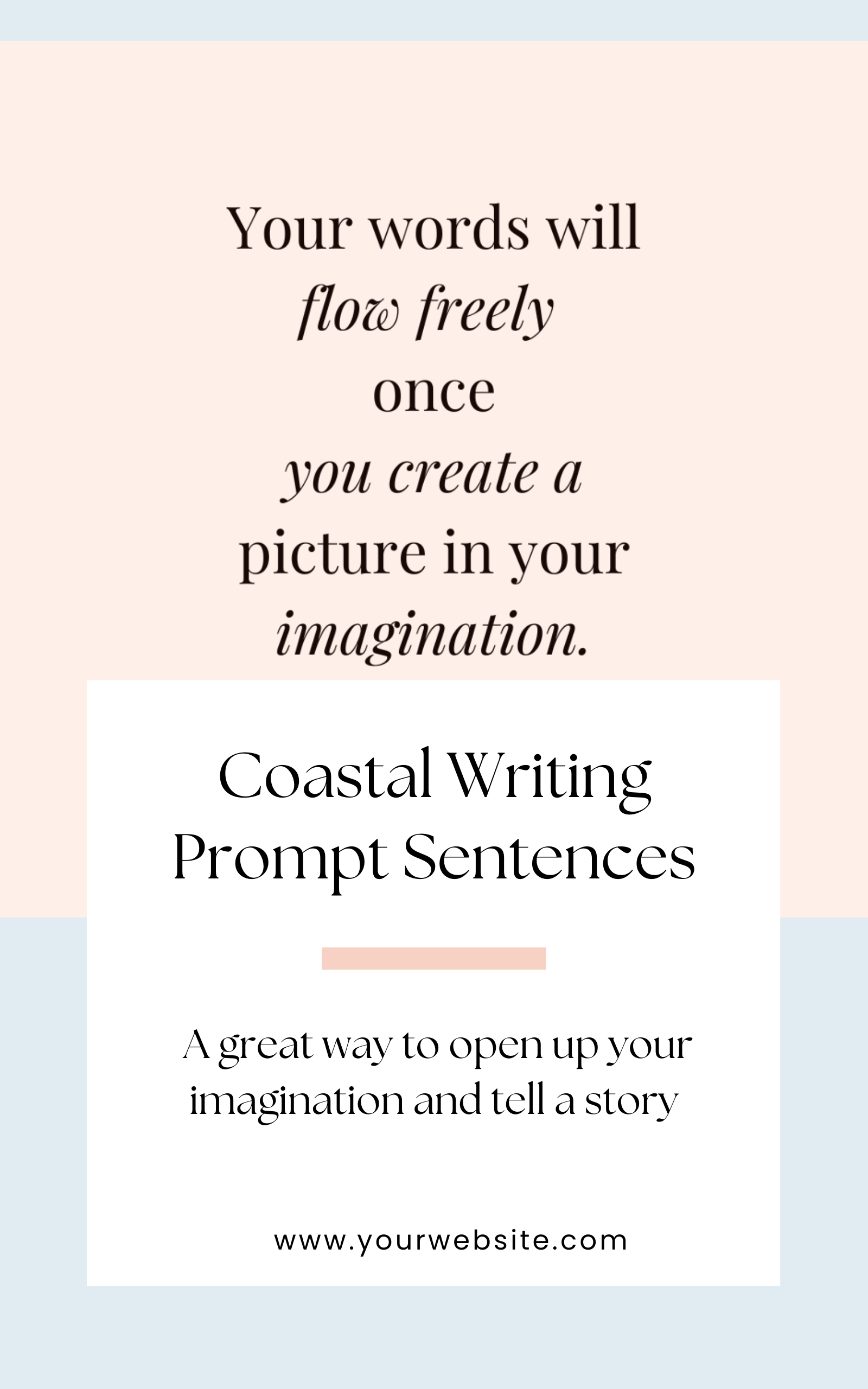How To Create a StoryBoard
Writing a book without an outline or constructing a website without a blueprint is difficult. Before I do either, I first write my short-sentence story starter.
What do I mean by a short-sentence story starter?
Start with action or dialogue. Ask a question or set of questions. Describe the setting so readers can imagine it. Give background information that will interest readers.
Here is an example of a short-sentence story starter:
It was 10 pm in the evening when I was sitting at the kitchen table eating cranberry bread, drinking warm milk, and reading a story to my five year-old-daughter. The dolphins were playing outside my kitchen window, the seagulls were singing and the ocean waves were hitting the seashore. Then suddenly the phone rang, and an unexpected voice was on the other end. When I hung up the phone, Hannah said, “Oh goodie, I’m going to have a daddy!”
book title: an unexptected phone call
After writing my short-sentence story starter, I gather digital images to organize my thoughts and words on a storyboard before embarking on my story project. These are just random words, ideas, and images that come to my mind at the moment.
After I had written my short-sentence story starter and the setting where the story takes place, I began to see images in my mind that reflected the plot of the story. In Canva, I create a mood board of little boxes. I then write out short words in each box that relate to the setting of the story. I fill in the blanks with pictures that create the setting of the story plot.
Here is the storyboard that I came up with:

Above is a playful, fun storyboard that I created from a short-sentence story starter. Colors and images set the plot’s mood, and the words map the writer’s tone and direction.
In this example, I am mapping out a heartwarming, fun fiction story, “An Unexpected Phone Call.”
Notice the individual panels or cells that chart out the groups and categories of my story. The panels are usually small, square, or rectangular frames representing a specific visual component of my story plot. The text fills in the plot, the mood, the tone, the direction, and the writing style.
After creating my first draft of pictures on a storyboard and looking them over for a few days, I had other thoughts and ideas I wanted to add to my story, and soon, the story took off, and my book was born.

I hope this blog post helps you to better understand the purpose behind making a visual storyboard so that you can edit out the clutter and the confusion in your mind and present your amazing story to the world in a beautiful E-book or a printed novel book cover!
Happy STORYTELLING
xo Jude



